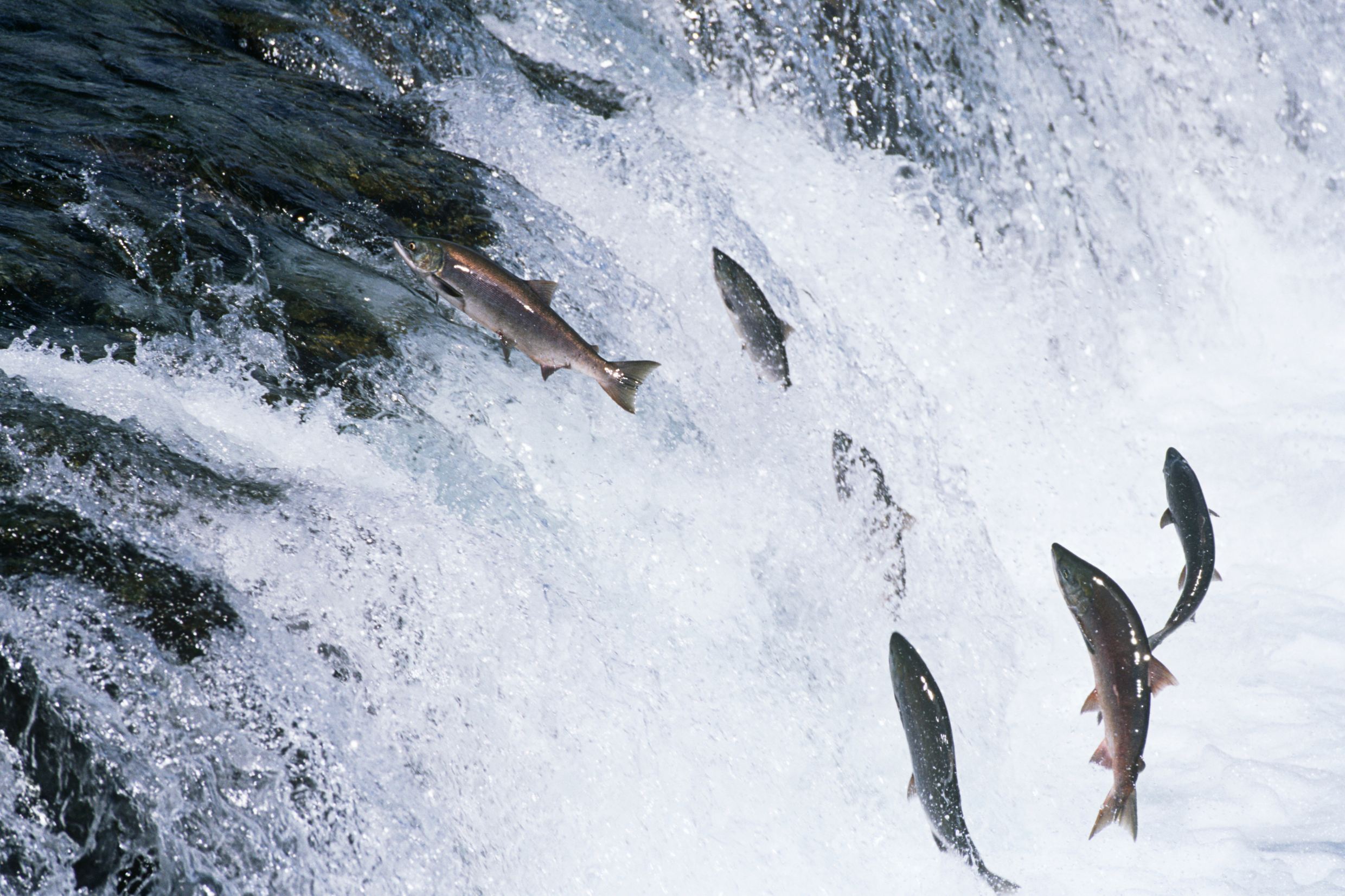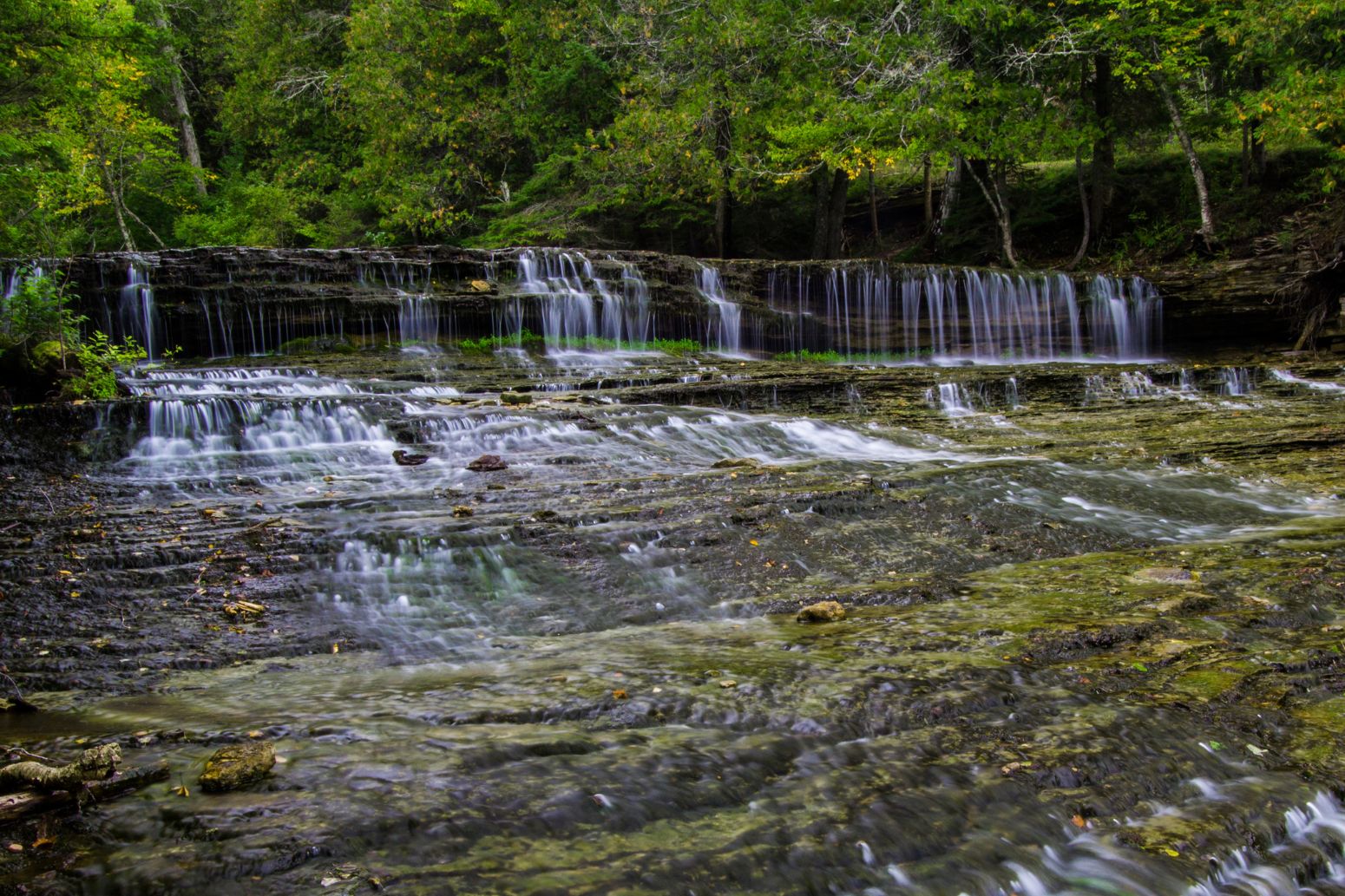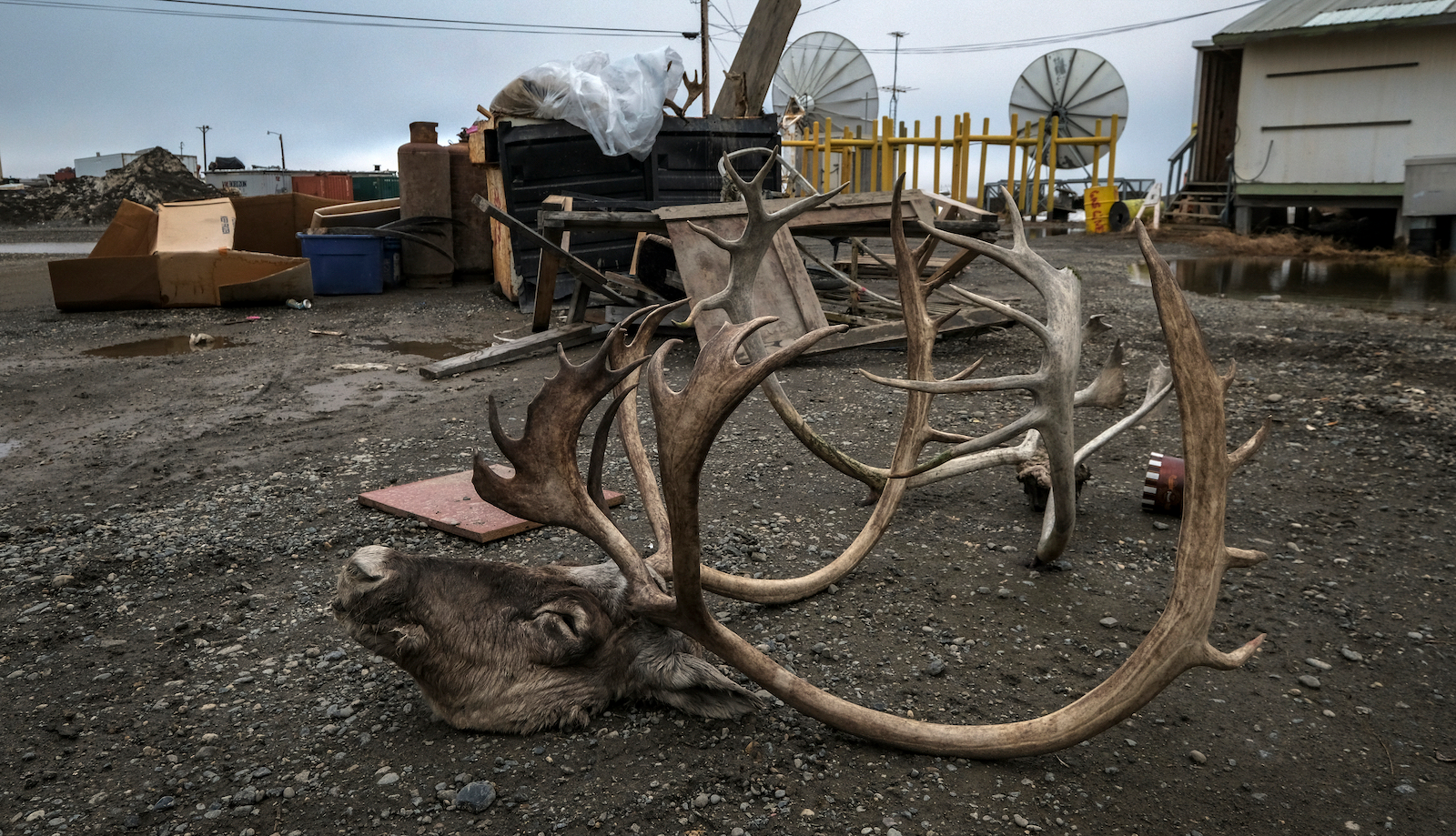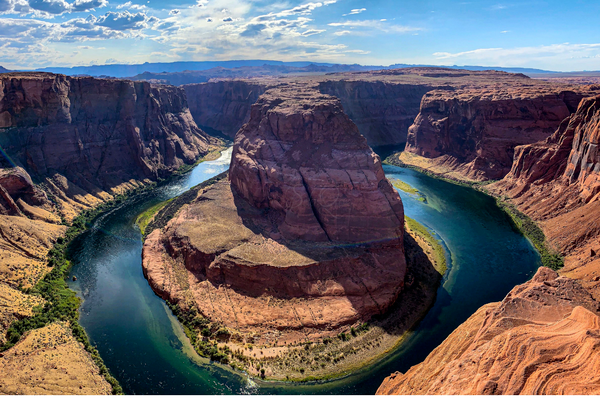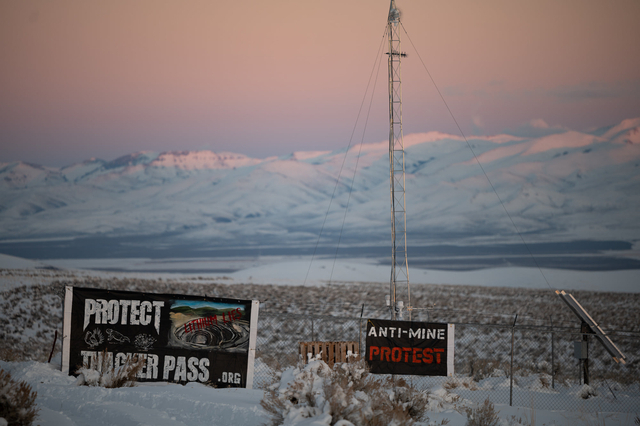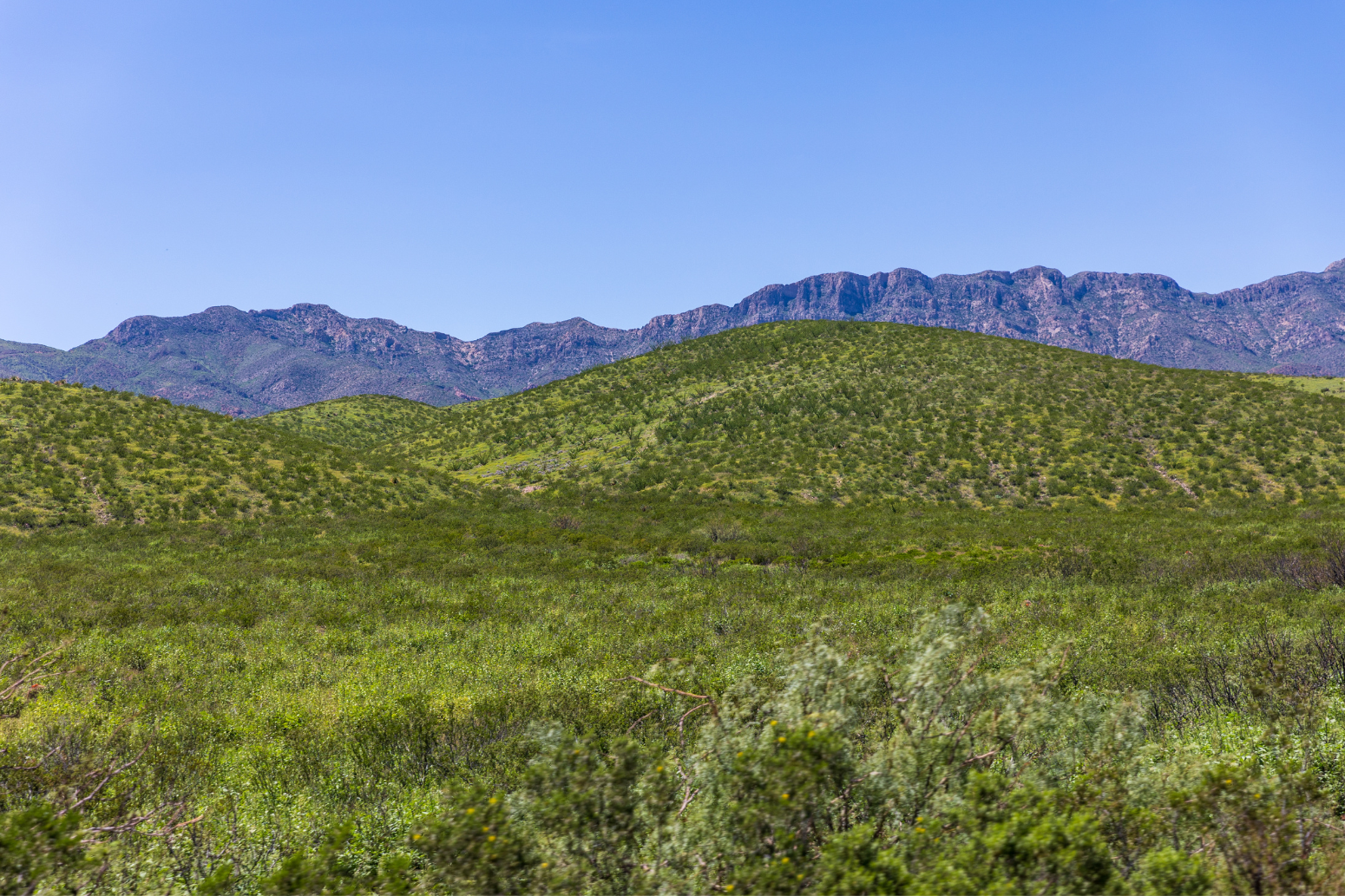Environment
- Type: Default
- Ad Visibility: Show Article Ads
- Reader Survey Question: No Question
- Video Poster: https://nativenewsonline.net/images/10_Years_Logo.png
Two Alaska Native organizations are suing the federal government to protect subsistence fishing rights on two of the state’s largest river systems amidst a worsening salmon crisis.
- Details
- By Darren Thompson
- Type: Default
- Ad Visibility: Show Article Ads
- Reader Survey Question: No Question
- Video Poster: https://nativenewsonline.net/images/10_Years_Logo.png
The Sault Ste. Marie Tribe of Chippewa Indians last week signed a Tribal Forest Protection Act proposal with the Hiawatha National Forest.
- Details
- By Native News Online Staff
- Type: Default
- Ad Visibility: Show Article Ads
- Reader Survey Question: No Question
- Video Poster: https://nativenewsonline.net/images/10_Years_Logo.png
For decades, Sam Kunaknana has caught grayling and hunted caribou along Fish Creek, a small river that meanders over the open Alaskan tundra near the Iñupiaq community of Nuiqsut. Kunaknana sets nets for broad whitefish, jigs for grayling, and waits for the caribou, which he remembers ambling in large herds across the muskeg years ago.
- Details
- By Max Graham, Grist
- Type: Default
- Ad Visibility: Show Article Ads
- Reader Survey Question: No Question
- Video Poster: https://nativenewsonline.net/images/10_Years_Logo.png
PHOENIX—Arizona Governor Katie Hobbs hosted a press conference on Thursday with federal, state and tribal leaders to announce a historic agreement that will pay the Gila River Indian Community (GRIC) $233 million in exchange for the Tribe limiting its use of water from the Colorado River.
- Details
- By Darren Thompson
- Type: Default
- Ad Visibility: Show Article Ads
- Reader Survey Question: No Question
- Video Poster: https://nativenewsonline.net/images/10_Years_Logo.png
A logistics company and several of its affiliates agreed to pay more than a half-million dollars to two Washington tribes and several government entities as part of a consent decree lodged by the Department of Justice earlier this year.
- Details
- By Darren Thompson
- Type: Default
- Ad Visibility: Show Article Ads
- Reader Survey Question: No Question
- Video Poster: https://nativenewsonline.net/images/10_Years_Logo.png
- Details
- By Native News Online Staff
- Type: Default
- Ad Visibility: Show Article Ads
- Reader Survey Question: No Question
- Video Poster: https://nativenewsonline.net/images/10_Years_Logo.png
RENO, Nev.— Construction is underway on the highly contested Thacker Pass lithium mine in northern Nevada after a court ruled earlier this month against the tribes trying to stop the mine.
- Details
- By Darren Thompson
- Type: Default
- Ad Visibility: Show Article Ads
- Reader Survey Question: No Question
- Video Poster: https://nativenewsonline.net/images/10_Years_Logo.png
Skier and storyteller Connor Ryan (Hunkpapa Lakota) is always on the go these days.
- Details
- By Ben Pryor
- Type: Default
- Ad Visibility: Show Article Ads
- Reader Survey Question: No Question
- Video Poster: https://nativenewsonline.net/images/10_Years_Logo.png
On Tuesday, the San Carlos Apache Tribe signed a $1.5 million contract with the U.S. Department of Interior to develop water infrastructure on its reservation.
- Details
- By Native News Online Staff
- Type: Default
- Ad Visibility: Show Article Ads
- Reader Survey Question: No Question
- Video Poster: https://nativenewsonline.net/images/10_Years_Logo.png
President Joe Biden signed a pair of legislative bills today naming two new National Monuments — both sacred spaces to Native tribes in each region — during the White House Conservation in Action Summit in Washington D.C.
- Details
- By Native News Online Staff

